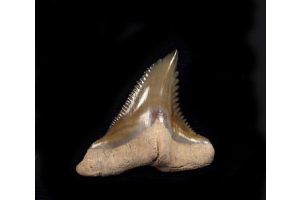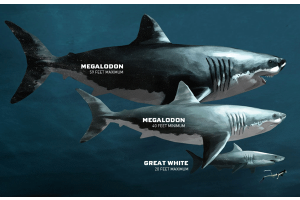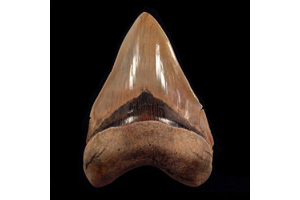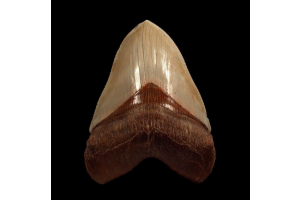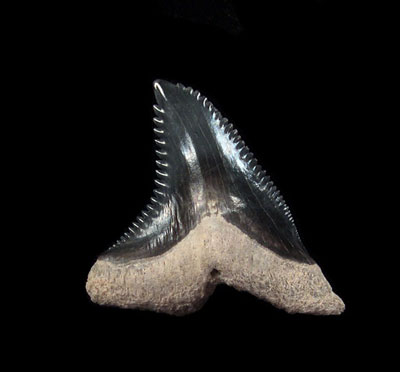
From deep-sea divers to marine biologists, if you ask either one of them about the coolest thing they have ever spotted, they will say it was some kind of shark. And it makes sense too! Sharks are thrilling and powerful creatures with loads of mystery around them. And one of them is the Snaggletooth shark.
The species of the weasel shark from the family Hemigalidae is the only extinct member of the genus Hemipristis. The Snaggletooth shark is quite a buzz in the Indo-west Pacific area (including the Red Sea), from southeast Africa to the Philippines, north of China, and south of Australia.
Classified under the vulnerable category, here are a few fin-tastic facts about this stunning creature:
-
Snaggletooth sharks are mostly found in the Red Sea at depths one to 130 meters. They can be easily spotted near the bottom of the water columns in the coastal areas and also at continental and insular shelves.
-
They have been listed as vulnerable by the IUCN due to overfishing for commercial use.
-
It spans 240 cm (7.87 ft) in length with light grey or bronze coloration with no prominent markings.
-
As its name suggests, the shark has serrated, sharp teeth on the upper jaw and hooked teeth on the lower jaw.
-
The major difference between the males and females of this species is that males tend to be significantly larger than females (almost twice).
-
They prey on other sharks, bony fish, crabs, rays, and cephalopods.
-
Snaggletooth sharks reproduce with a special kind of viviparity (placental viviparity) where the adults carry their young ones in a placental-like structure that is complete with umbilical cords.
-
Their fusiform body makes it easier for them to move swiftly in the water, thus, allowing greater speed.
-
Commercially, these sharks are used for their fins in the shark fin soup trade across China and Asia. Its meat is sold for consumption and the liver is sold as a rich source of vitamins. The rest of the carcass is used for making fish meals.
-
Its scientific name, Hemipristis, is derived from Greek Hemi (meaning half) and Pristis (meaning saw) which refers to their half saw teeth. Symphyseal teeth look quite different with a very thin, and large lingual protuberance. Additionally, these sharks also have 1 or 2 serrations on their shoulders.
-
H. serra is the extinct species of the Snaggletooth shark that could attain sizes three times larger than the extant species.
Indeed, these odd-teeth shaped sharks have a lot of stunning facts around them. If you could think of some more, let us know in the comments below. If you are looking for authentic Snaggletooth shark fossils, choose only a reliable dealer like the Buried Treasure Fossils. Browse our online inventory to have a look at our carefully curated collection with age ranging from Eocene to Pliocene. For order-related queries, feel free to connect with us directly at 281-342-7129.






